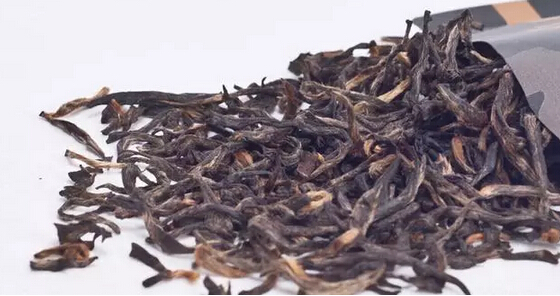
As consumers, how can we select delicious and sustainably enjoyable black tea?
Of course, before purchasing, you should sample the tea. Like appreciating other types of tea, we can examine the dry leaves, smell the aroma, taste the liquor, and inspect the brewed leaves (tea residue). But note: the criteria for judging each type of tea may vary.
「Examining the Dry Leaves」
The dry leaves of black tea should appear uniform. Whether the color is brown or black, the tea strips are large or small, curved or straight, uniformity is key. This uniformity should also be reflected in the brewed leaves—some dry leaves may look neat, but when brewed, the leaves appear messy, with mixed sizes, ages, and colors, indicating lower quality.
Many black teas are crushed during processing, so don’t expect whole buds or leaves. As for the presence of golden tips (i.e., golden-colored, tender tea strips), this depends on the picking standards and grading criteria of different black teas. For example, in Min Hong Gong Fu or Chuan Hong Gong Fu teas, higher grades have more golden tips. In contrast, Zheng Shan Xiao Zhong or Qi Hong Gong Fu teas, regardless of price, will not have golden tips.
「Brewing and Tasting」
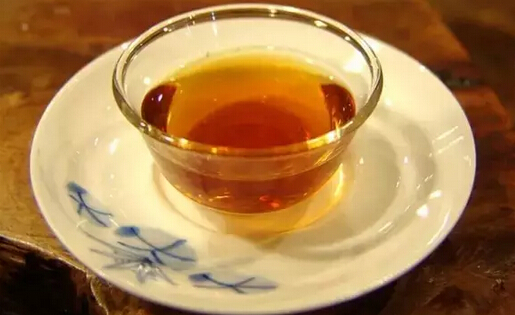
After examining the dry leaves, brew the tea using a standard method—use 20 ml of hot water per 1 gram of tea leaves. Black tea doesn’t require a rinse; the first infusion can be steeped for about 30 seconds before pouring.
After pouring, first smell the aroma. Most black teas have a sweet, honey-like fragrance, varying in intensity. If there are sour, stale, or burnt notes, the aroma is less pure, indicating flaws in the production process. At this point, your nose’s job isn’t to enjoy the scent but to detect off-notes.
While smelling, observe the liquor’s color—it can range from orange-yellow to deep red, but clarity and brightness are always desirable.
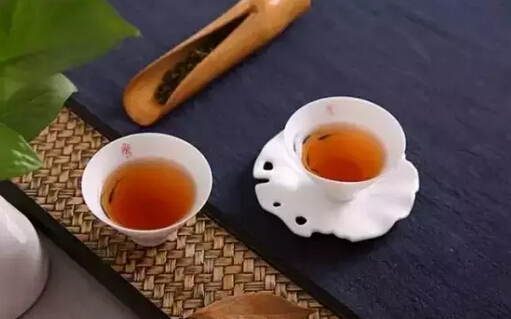
Next, taste the liquor. This is a critical step. For tea makers, achieving a pleasant aroma and appealing color isn’t overly difficult, but creating a tea that is also sweet, smooth, and durable through multiple infusions requires great skill.
Beyond technique, higher demands are placed on the raw tea leaves. Many black teas on the market with good looks and high prices fall short in this aspect.
Under standard brewing conditions, some teas taste bland, some are unpleasantly bitter or astringent, and some lose flavor after just two or three infusions. Such teas, no matter how famous or storied—whether wild, rare, or homemade—aren’t worth high prices.
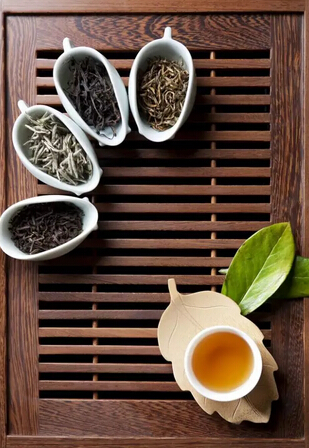
In summary, selecting high-value black tea can be judged by the above aspects, ranked in order of importance: liquor texture, aroma, brewed leaves, dry leaves, and liquor color.
Of course, it’s best to have a budget in mind... It’s also advisable to buy branded black tea for better assurance.
Tips for buying black tea:
1. Before purchasing black tea, learn about its origin. Different regions produce teas with varying flavors due to distinct growing conditions and processing methods.
2. Pay attention to the production date and expiration date to avoid buying expired tea.
3. Distinguish packaging. Tea bags usually contain crushed black tea, suitable for quick brewing, ideal for office workers. But if you prefer origin or specialty teas, opt for loose-leaf tea in tins.
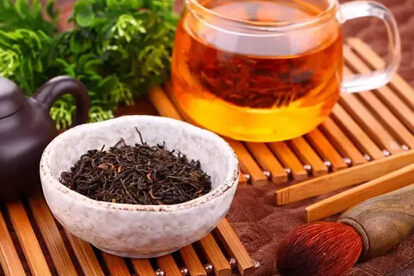
4. Most teas on the market are blended by manufacturers. Specialty tea shops often allow sampling, so you can find the best-suited flavor.
5. High-quality black tea has more buds. Small-leaf varieties feature fine, tight strips, while large-leaf varieties are robust and compact, with a glossy black color and abundant golden tips.
6. Premium black tea has a rich, sweet aroma, a mellow and refreshing taste, and a bright red liquor with a golden ring where it meets the cup. Lower-grade tea has fewer buds, loose and light strips, lacks luster, and tastes flat.